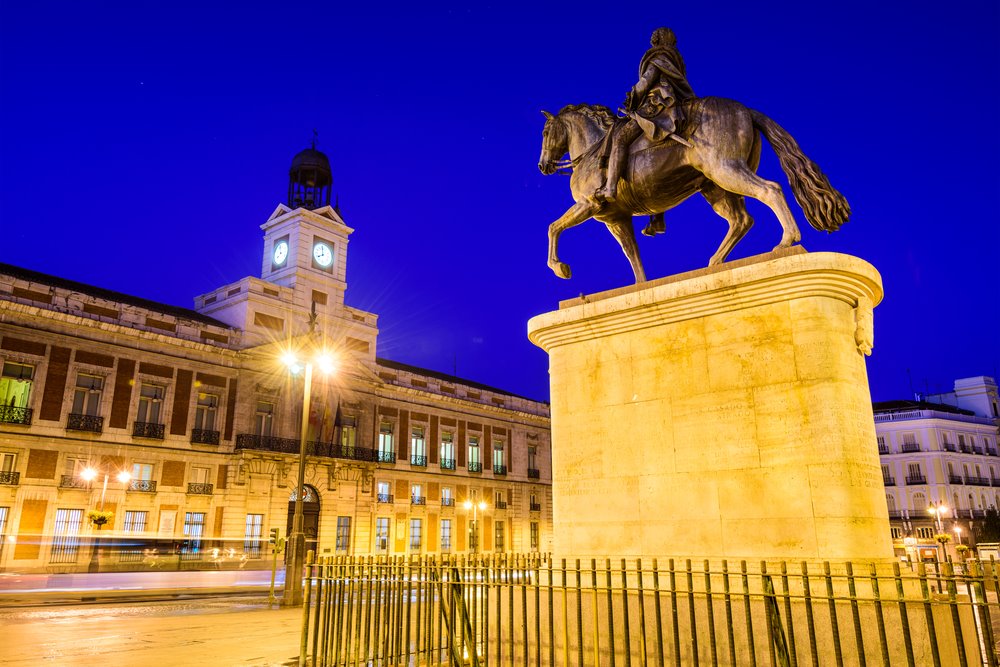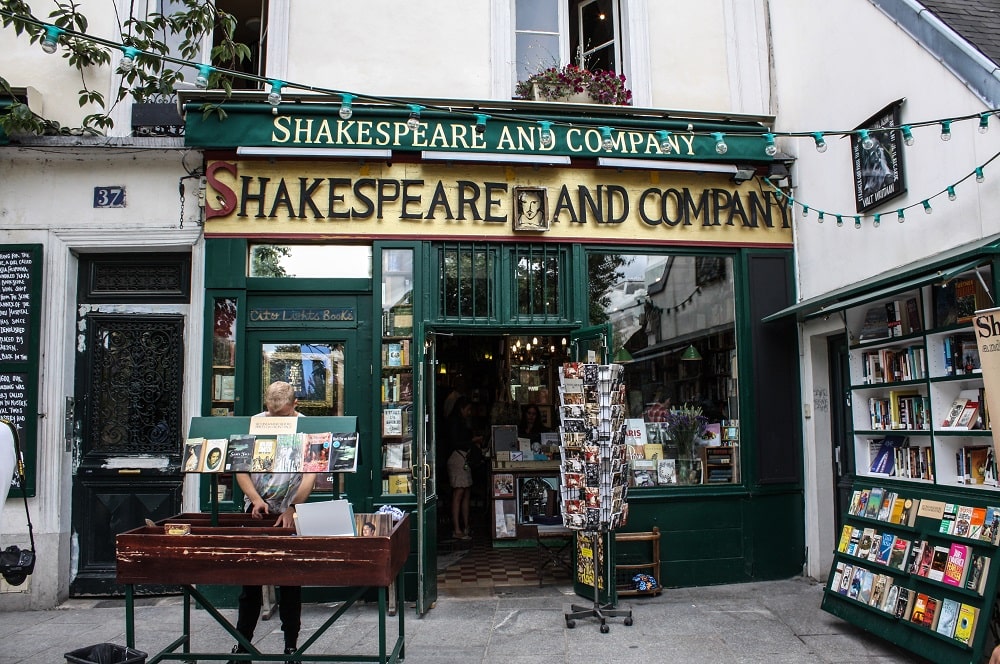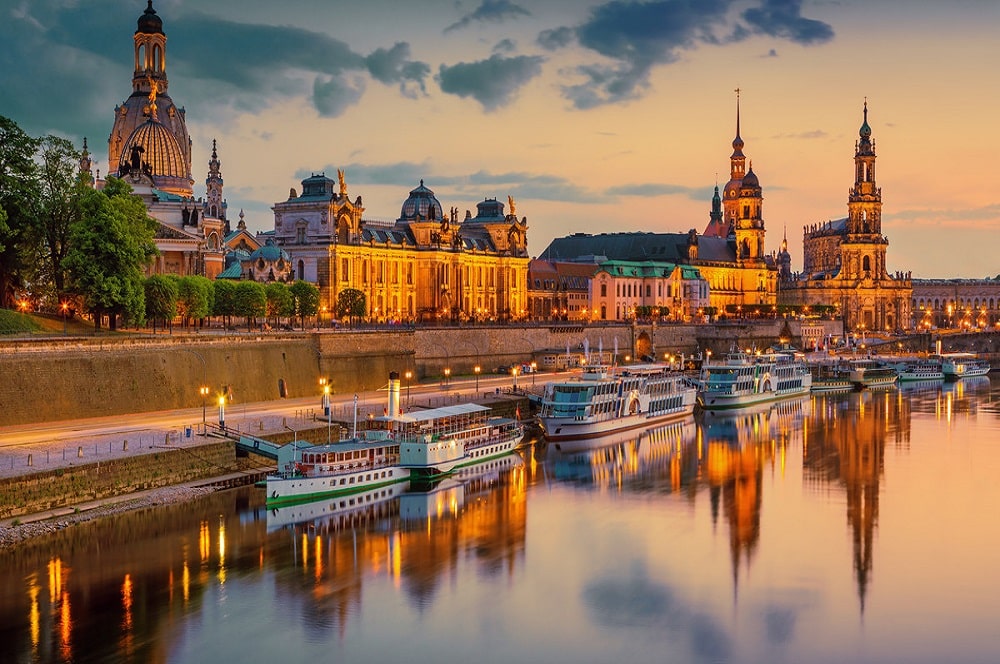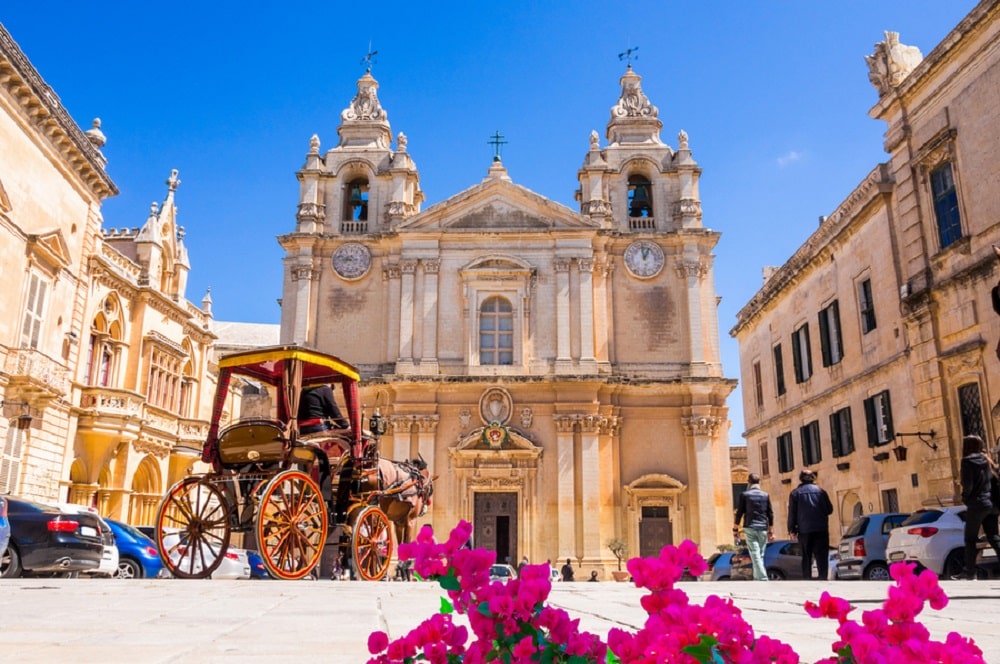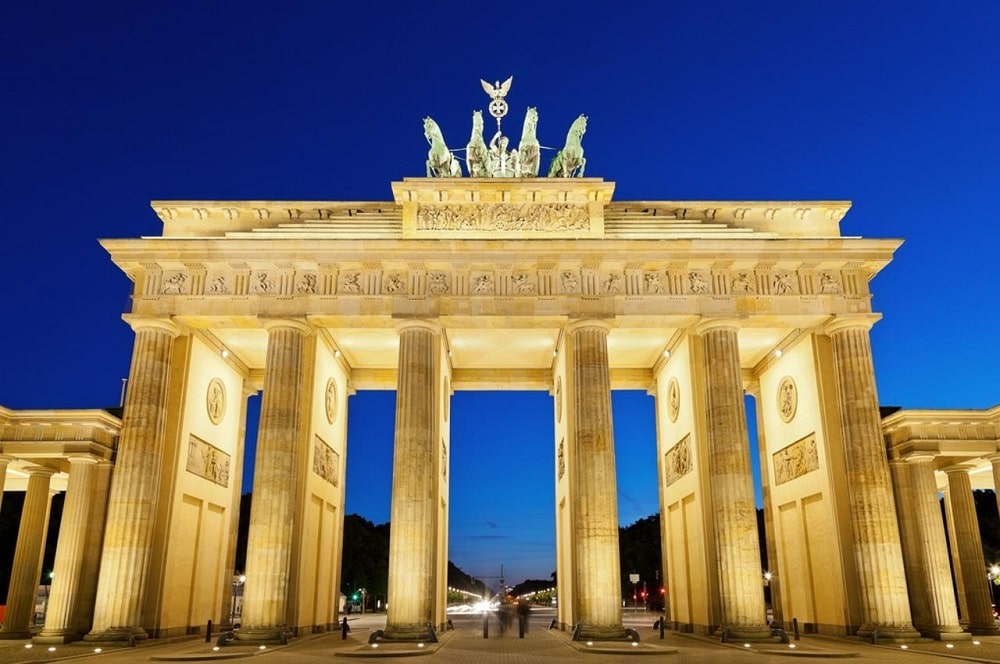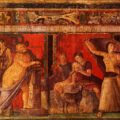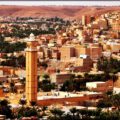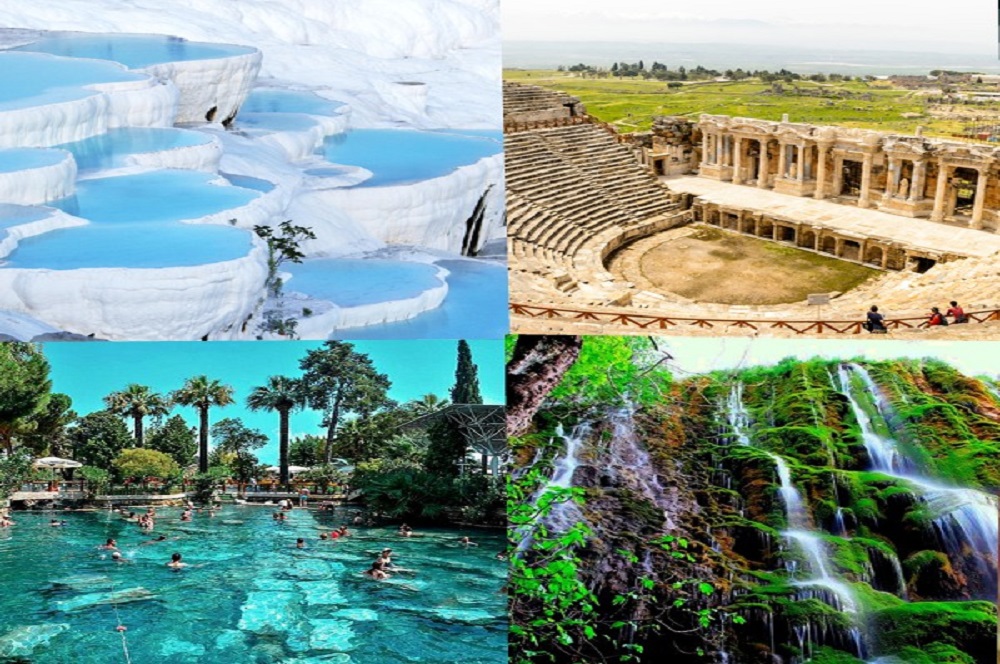
Pamukkale, which has a unique beauty in the world as a result of geological activities, has become one of the most interesting places of Anatolia since the Hellenistic period thanks to its healing spas and religious importance.
1. Travertines
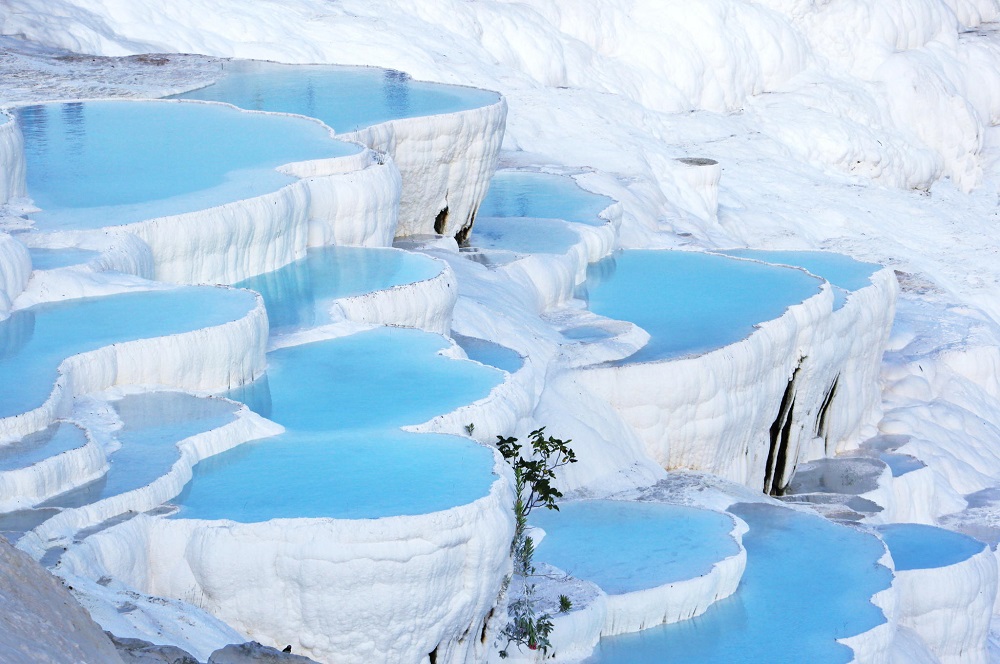
I would strongly recommend that Pamukkale be in the first place in your list of places to visit. Travertines are formed by the effect of thermal waters from 17 different sources. The essence of the formations that have made this region of Denizli a popular holiday destination is the calcium carbonate deposited in the form of precipitate. Be sure to bring your camera with you while visiting these magnificent beauties that offer a unique view with their white views.
2. Hierapolis Ancient City
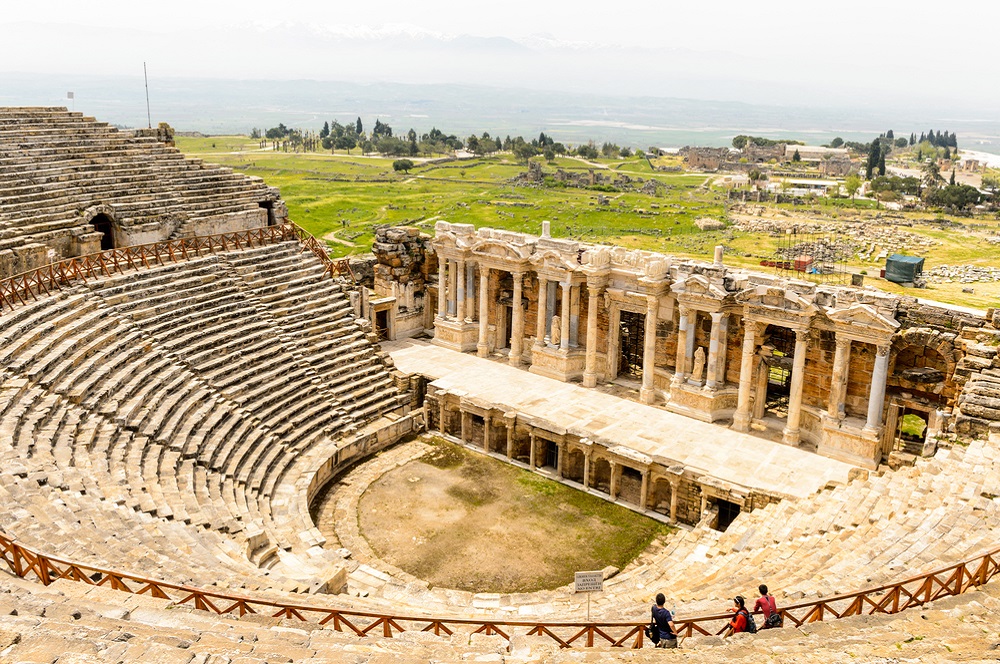
The ancient city of Hierapolis, which is called Sacred City in the archeology literature due to the density of religious buildings inside, was ordered by Eumenes II of Pergamon. Founded in the 2nd century. Named after the wife of Telephos, the founder of Bergama, the ancient city has suffered major devastations with earthquakes throughout its history. Therefore, it was built almost all over during the Roman Emperor Nero period.As a result of the excavations carried out in the city Necropolis, Frontius Street, Agora, Byzantine gates and parts of the Temple of Apollo was removed from the ground.
3. Antique Pool
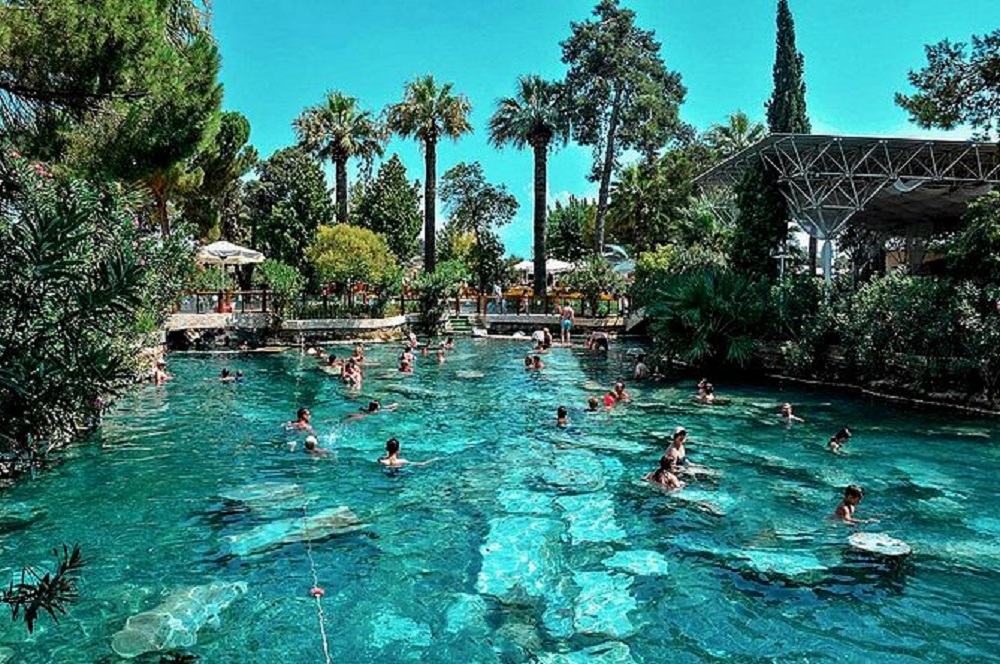
A.D. The Antique Pool, which was formed as a result of an earthquake in the region in the 7th century, is considered as one of the important symbols of Pamukkale. Around the pool where you can see the columns of the agora that was destroyed during the earthquake, there were more than 15 baths used by those who came to Hierapolis to seek healing. Water with a relaxing effect of the pool, heart, vascular, skin and nervous system diseases are determined by research.
4. St. Philippe Martyrion Church
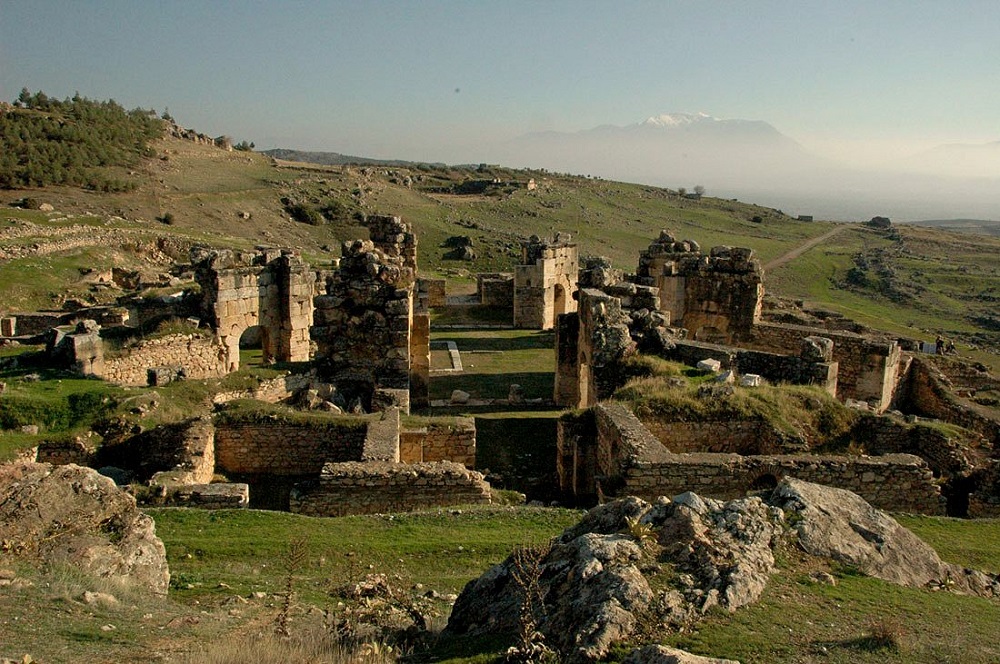
One of the 12 apostles of Jesus, the religious structure of the saints M.S. It is believed to have been built in the 4th or 5th century. It is believed that the tomb of St. Philippe, who was killed in this region, where he came to spread the Christian faith, is believed to be inside the structure. St. Philippe Martyrion Church is located north of Hierapolis.
5. Karahayıt Thermal Springs
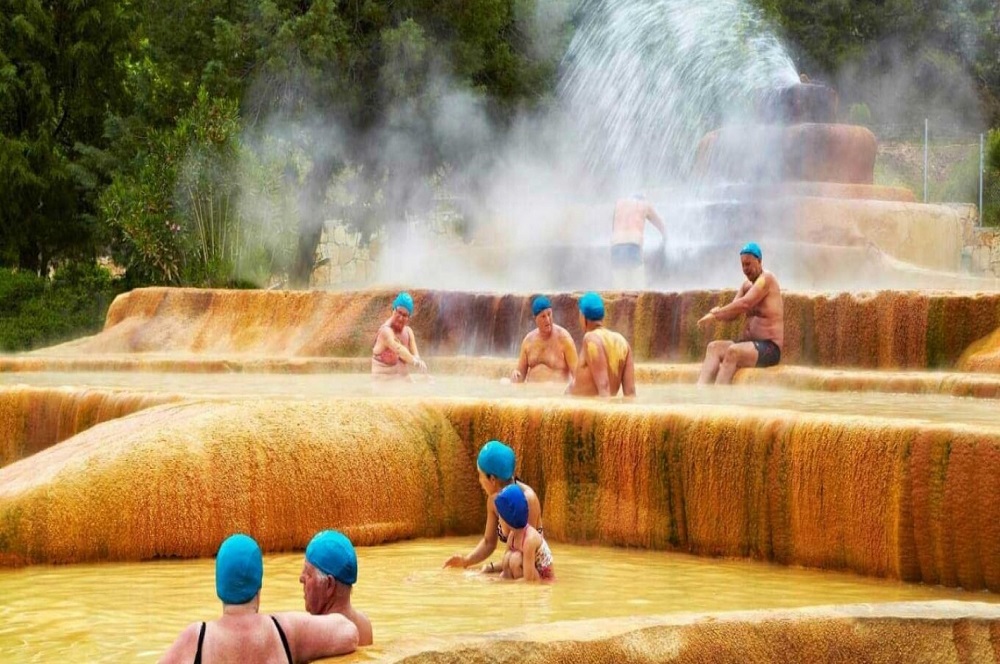
5 km north of Pamukkale, Karahayıt Thermal Springs, which is within the borders of the village of the same name, is also called Red Water due to the density of the iron minaret. There are many facilities where you can stay in the surrounding thermal springs, especially the digestive system can contribute to the treatment of many diseases. If you go to the area where the thermal springs from which potable water emerges, there are; but you can see red formations.
6. Kaklik Cave
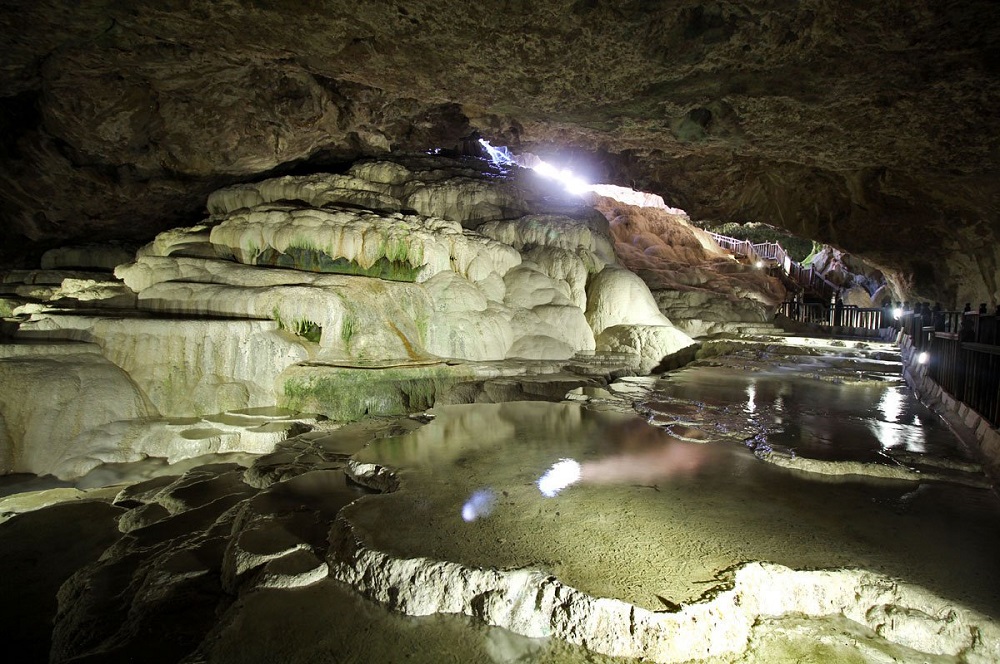
Located within the borders of Honaz District, Kaklik Cave attracts attention with its formations similar to Pamukkale Travertines. For this reason, it is believed that the sulfurous water dripping from the walls of the underground formation, also called small Pamukkale or Cave Pamukkale, is good for skin diseases. After a walk along the illuminated promenade of the cave with waterfalls to the north, you can relax in the nearby cafes and viewing areas.
7. Natural Park
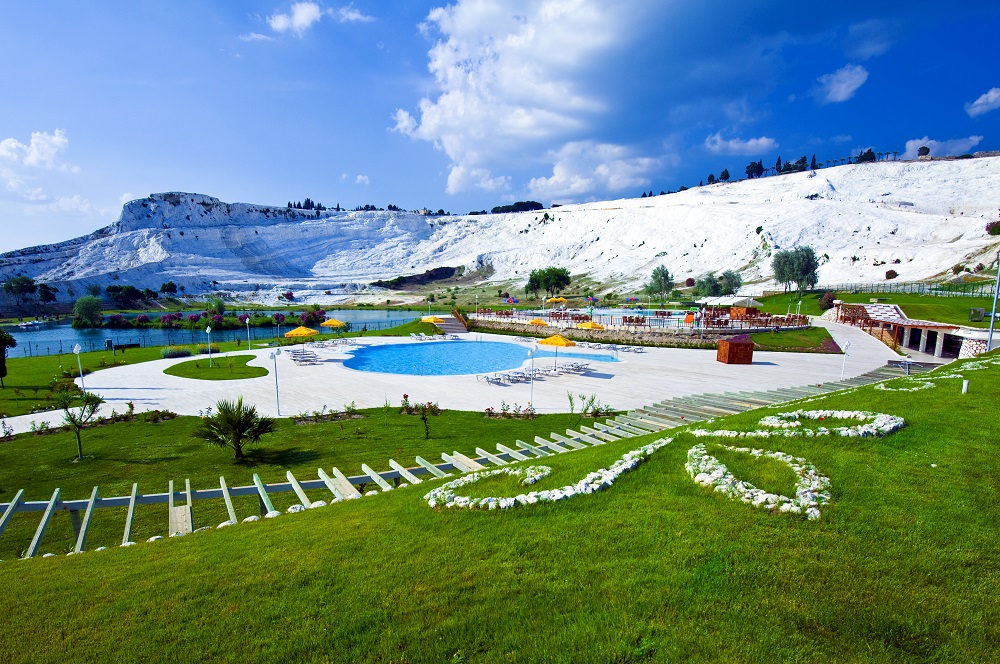
You can choose Natural Park which is located in Pamukkale Ruins to spend a pleasant time. The resort has a cafe where you can dine, which will help you cool off and have fun through the swimming pools. If you go to the place, which you can use as a stopover while visiting the area in the evening, you can watch the magnificent view of the travertines illuminated by lights.
8. The Ancient City of Laodicea
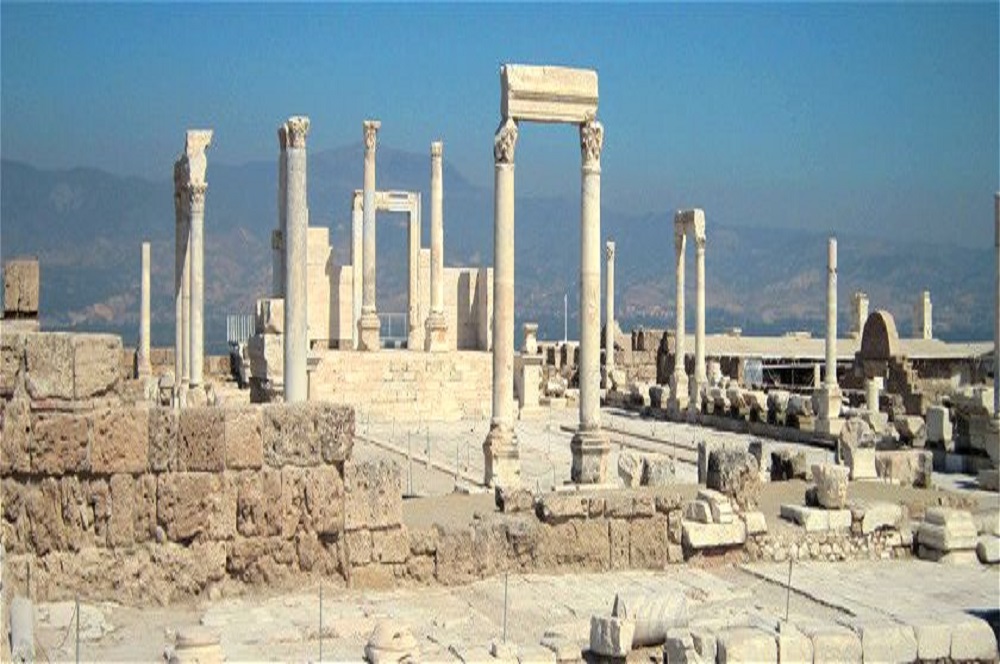
The ancient city of Laodicea, which had a very important place in the Roman Empire, was built in the 4th century BC. Between the years 261-263 was founded by the 2nd Antiokhos. A.D. The ruins of the theaters, stadiums and gymnasium sections, monumental fountains and temples of the city, which was destroyed by the earthquake in 60, were unearthed by excavations.
9. Temple of Apollo
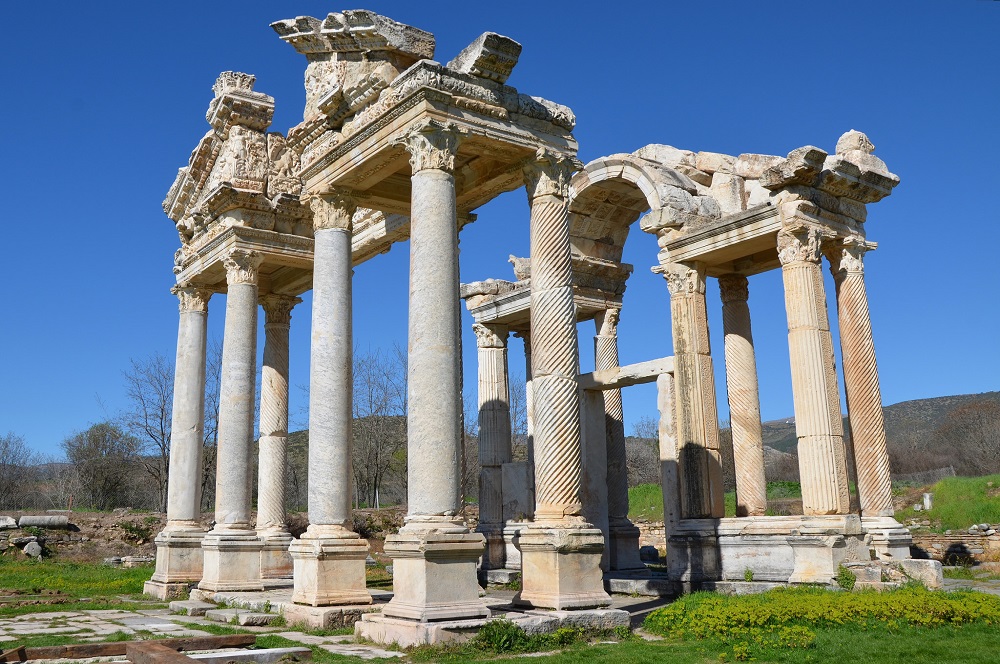
The Temple of Apollo, which dates back to the Late Hellenistic Period, is an ancient building to be visited for an insight into the history of the region. The temple built on Plutonion, a cave used for religious purposes in ancient times, was divided into 7 sections with 8 stairs. Excavations of the statues dedicated to the gods of the place where the most interesting part of the backstage of Apollo reliefs.
10. Yesildere Waterfall
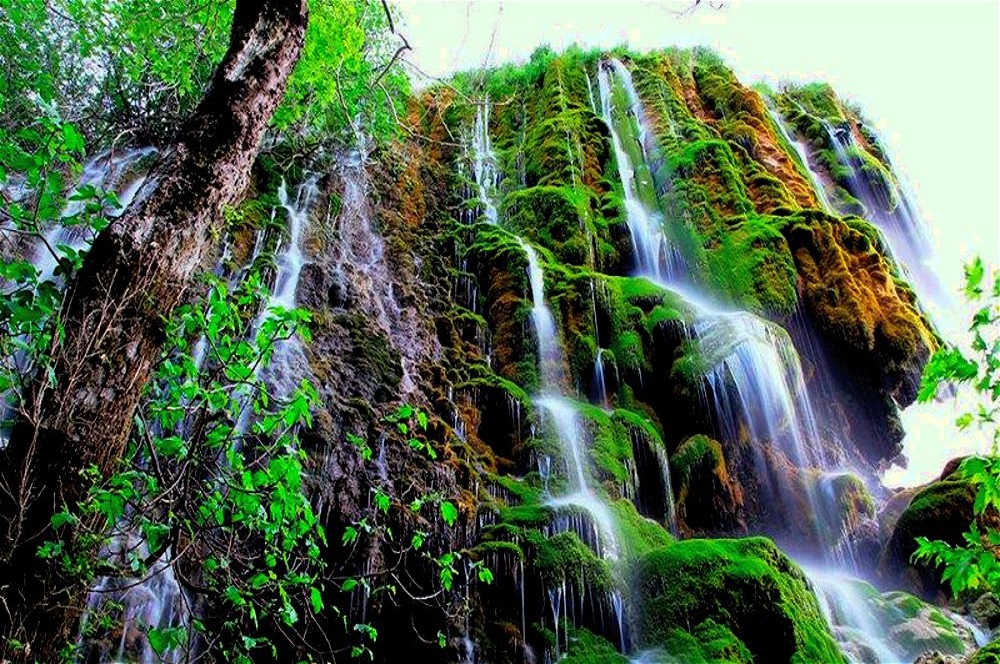
You can reach Yeşildere Waterfall, which is surrounded by plane trees, which have existed for centuries, through Sakızcılar Village of Çal District. Thanks to its calm environment, the water flowing from 55 meters of the waterfall where you can spend peaceful hours and the green, spongy rocks in the pond formed underneath create a very beautiful image.
11. Necropoles
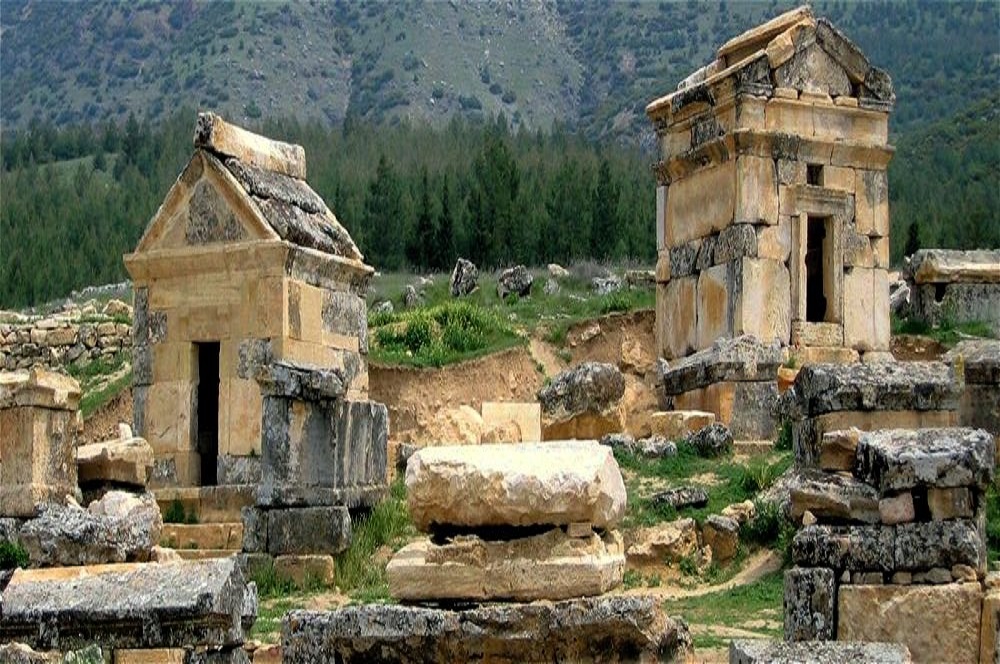
Necropolis, which is located outside the city walls of Hierapolis, which has received great interest as a healing center in ancient times, is spread over a wide area. This area is divided into two different sections: North and South. While the graves reserved for elite families in both regions make their splendor still felt today, the sections dedicated to the lower levels of society are made up of simple rock cavities. You can observe the traces of the destructive effects of the last major earthquake affecting the region in the south of the Necropolis, which was used from Hellenistic to Byzantine times.
